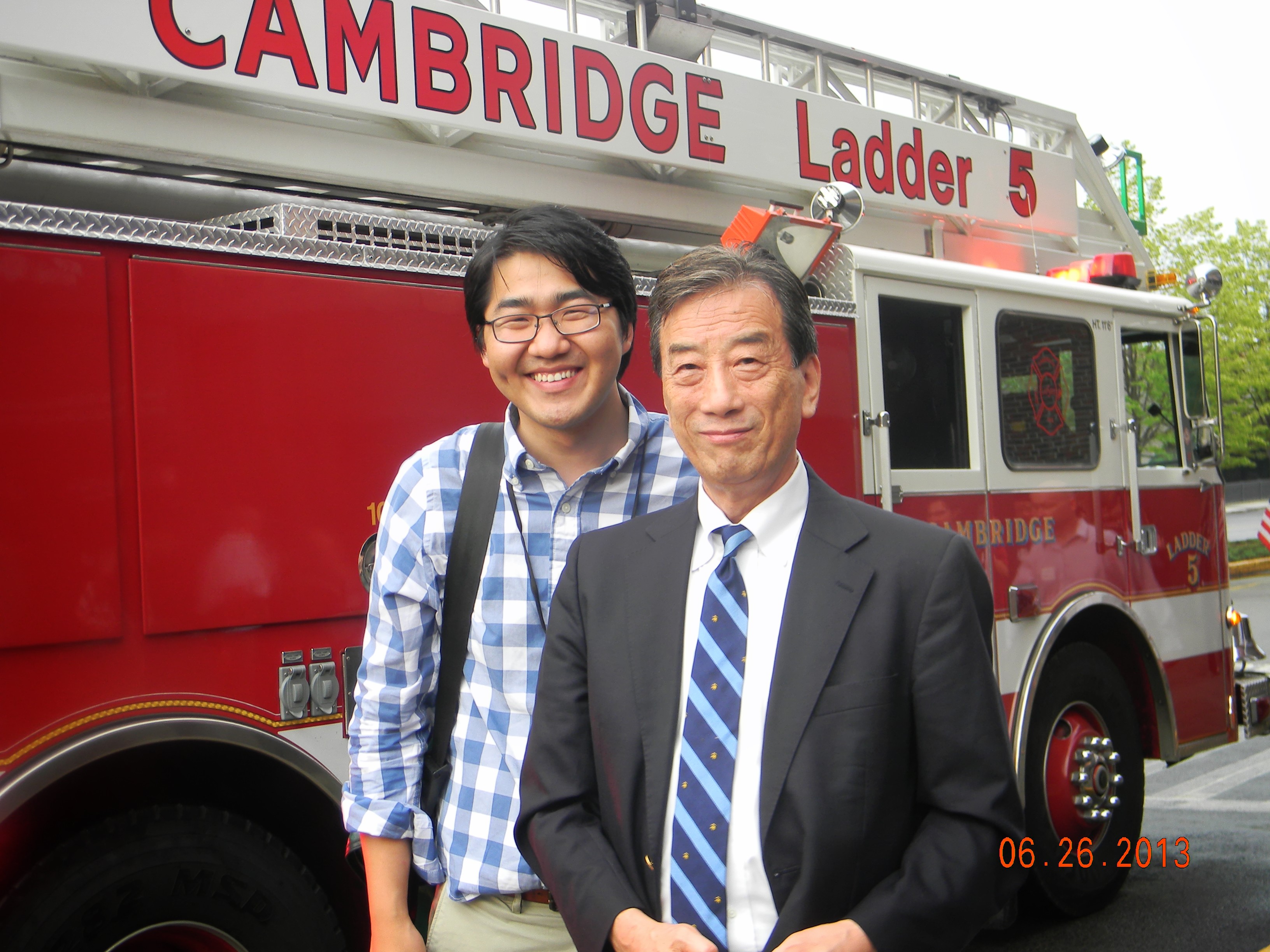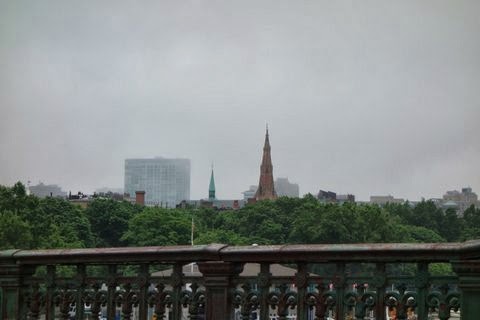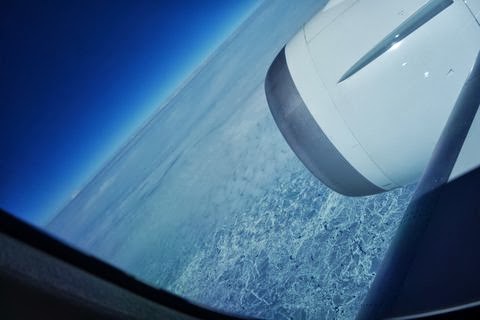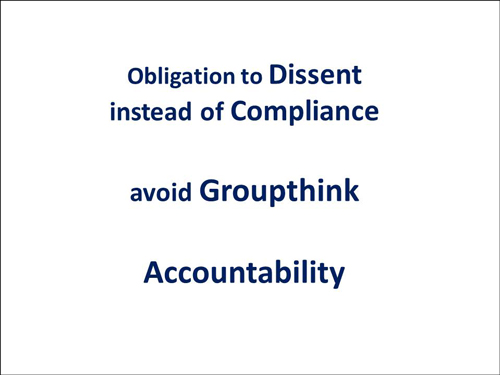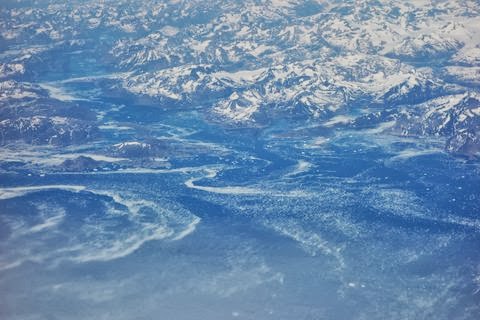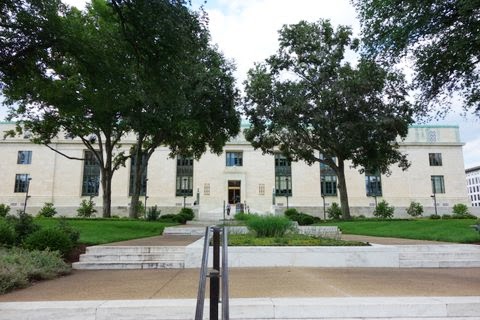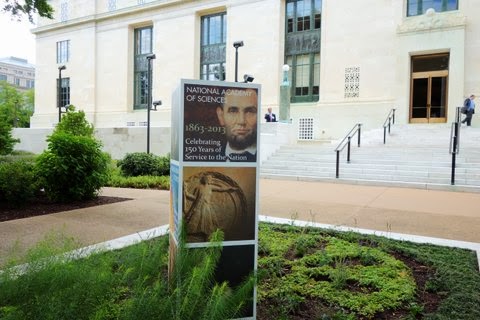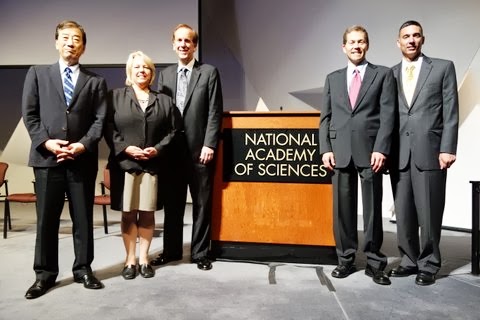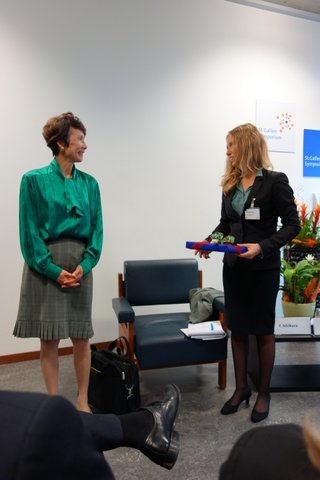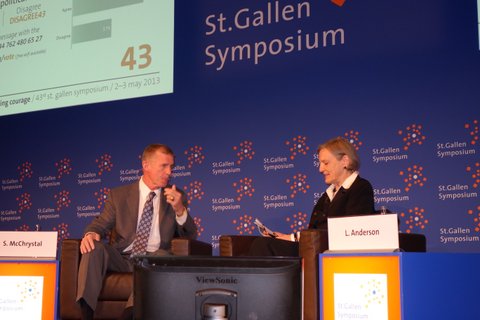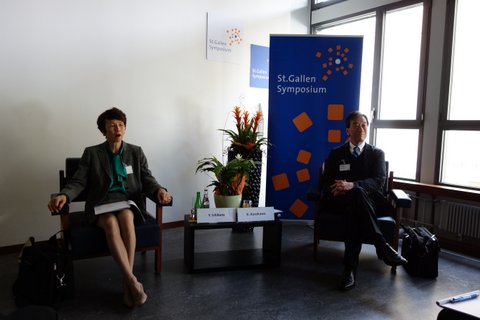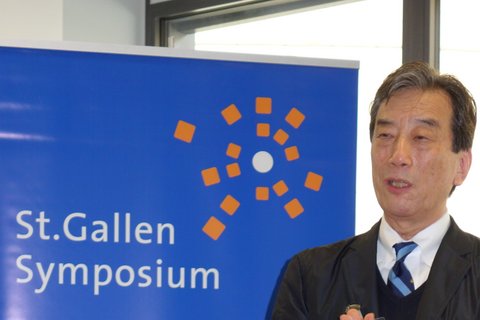I came to Coronado, the city next to San Diego. The first reason was to attend the Cell Society meeting. This is the third of the meeting in the past but was unable to join last year because I was in the middle of my duties with the National Diet of Japan Fukushima Nuclear Accident Independent Investigation Commission (NAIIC). It is not my area of specialization but I have come to participate in its first meeting. There have been many results in the clinical cases of adipose stem cell that are interesting from a medical point of view.
In the field of stem cell research, the breakthrough finding of “iPS” by Nobel Laureate Dr. Yamanaka is also a promising area. Although the approach differs from that of modern medicine and some of the findings of the molecular and genetic analysis cannot be accounted for by logical explanations, it is very safe and there are no other effective methods of treatment but we can get results through this approach.
In the West, where modern science was established, until roughly one hundred years ago, there were forms of treatment, such as blood transfusions and phlebotomy that would be unthinkable today. It was also around one hundred years ago that the blood types of ABO were discovered. In research, it is often times the case that new discoveries are made through such experiences.
I made some time to meet with approximately twenty young Japanaese people from Japan who were in San Diego for study abroad programs, research and business. There were many students in undergraduate and graduate programs at the University of California San Diego this gathering was organized around Dr. Maki (PhD) (in Japanese). They are all very bright and seem to be feeling the changes in their awareness that come with living abroad and are in the process of contemplating their future careers. Japan is not the only place where they can become successful and the fact that they are Japanese will not change. I look forward to their next career choices and achievements.
The following day, I gave a seminar at UCSD. It was organized by the UCSD School of International Relations and Pacific Studies (IPRS) and the Rady School of Management. IPRS Professor of Japanese Business, Professor Ulrike Schaede (until last year, Professor Hoshi had been in charge) moderated the seminar. As the topic of the seminar was the Fukushima nuclear power plant accident, it was not only students who were in attendance, but also professors and some Japanese who have been living in this area for a long time. Since two and a half years have passed since the accident and the recent situation has been reported widely throughout the world and there was a lively question and answer session.
In addition to students, there were many people from Japan as well as people from CONNECT (1). After the seminar, there was a reception on the terrace, where we could see a lovely sunset, typical of southern Californian. Afterwards, we had dinner at the local favorite, Sushi Ota, and I had some delicacies such as the sea urchin.
It is very important for young people to gain more experiences abroad and to expand their career choices.























